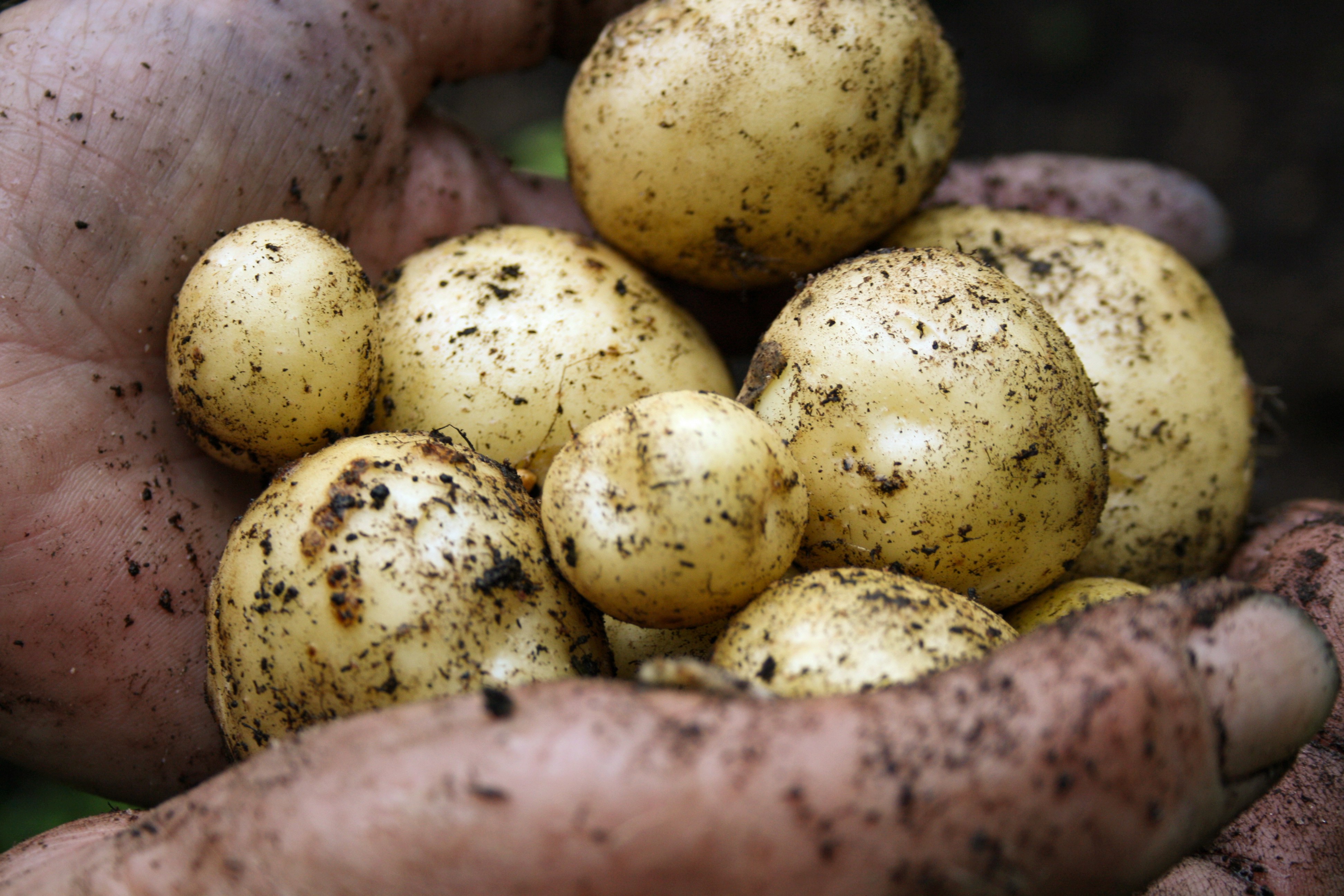Seed potato
The long, cold winters and ground frost enable the destruction of those potatoes left in the earth and reduce the risk of contamination of overwintering pests. Soil that melts and freezes several times during the winter carries a reduced number of pests.
The potatoes’ growth rate is extraordinary, accelerated by the bright summer nights. The yields for a long day can be considerably higher than those in short-day conditions. Abundant sunlight destroys the potato blight spores.
In the production of the highest seed categories, irrigation is preferable to reduce the risk of bacterial diseases. In addition, surface and groundwater may be used to wash and disinfect storage containers. Sprinkling protects crops from frost and is often the only viable solution in large production areas.
The potato producers are highly professional and well-educated. Cooperation along the production chain is close and long-lasting.
Finland’s high availability of suitable land offers the potential to increase production.

High Grade Region for potato production
In European potato production, High Grade status has been granted to a total of five regions. High Grade Region status may only be granted to regions or countries where no plant pests harmful to potatoes are present, or from where they have been eradicated. Five member states or parts thereof (Finland, Portugal, Ireland, United Kingdom, Germany) have been granted High Grade Region status.
Finland’s High Grade Region is far from other pro-duction regions in the country. The production of potatoes other than seed potatoes is focused on the southern coastal regions with strong starch or food potato production areas. This means aphids cannot spread viruses to seed potatoes as easily as from other potatoes, which contain many viruses. Plant pests, such as Colorado beetles, often arrive assisted by wind and reach southern Finland or Eastern Fin-land first, either across the sea or the eastern border. However, it is not easy for them to reach the more northerly parts of the country where the High Grade Region is located. Compared with other European countries, plant disease risk is relatively low through-out Finland.
The High Grade Region produces disease-free seed potatoes for the whole of Finland, but seed potato exports from the area are also significant. Certain European companies have concentrated their pro-duction of the highest seed potato grades in Finland.
The High Grade Region has further potential for growth because plant health is exceptionally good in European terms.
Finland’s High Grade Region status is driven by its remote northern location and harsh winter weather. The proximity of the sea makes for a longer growing season with less frost than at the same altitudes fur-ther inland. The area is characterised by long periods of sub-zero temperatures in winter and deep ground frost, which contribute to preventing the reproduc-tion of plant diseases and pests.